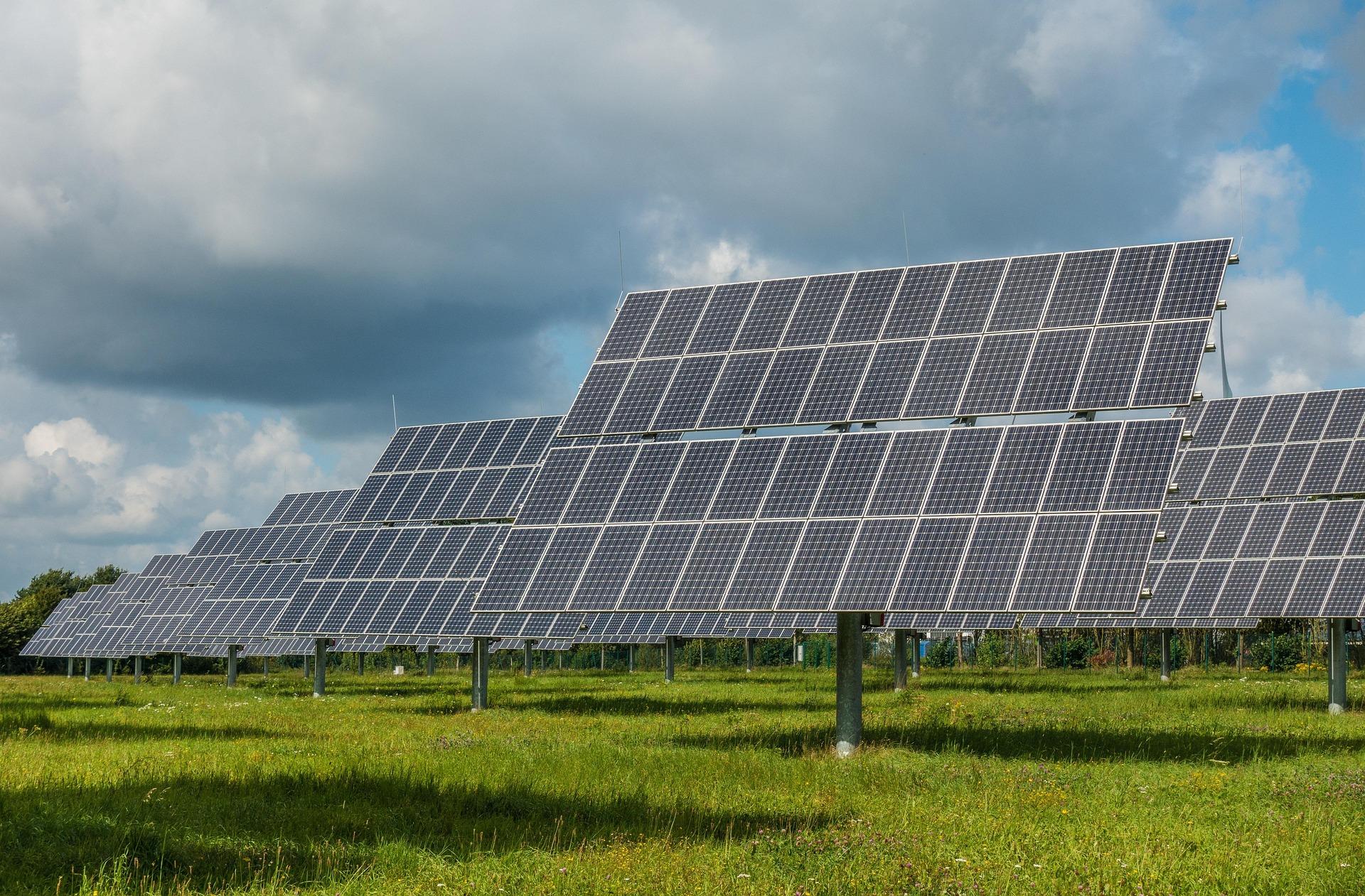
The recent developments surrounding the U.S. tax and spending bill have sent ripples through the global solar energy market, including Indian solar manufacturers like Waaree Energies. As the largest solar PV module producer in India, Waaree has rapidly scaled up its production capacity over the past four years and has a significant footprint in both domestic and international markets, including the United States.
In a recent interview, Waaree Energies CMD Hitesh Doshi discussed the implications of the U.S. legislative developments and what it means for the solar sector and Waaree’s business specifically.
Understanding the U.S. Bill and Its Implications
The bill in question has not yet been fully passed—it still awaits approval in the Senate and then from President Donald Trump. However, its narrow passage through one legislative step has already caused market reactions, with investors fearing a pullback in green energy subsidies in the U.S., which led to a sharp drop in solar company stocks globally.
The most significant aspect of the bill from an Indian perspective is the introduction of FOC (Foreign Entity of Concern) provisions. These stipulate that entities with direct or indirect ownership from certain countries should not be part of the U.S. solar supply chain. According to Doshi, this could be highly beneficial for Indian companies, as it opens up more opportunities in the American market by potentially restricting some competitors.
On the downside, the bill proposes removing subsidies for rooftop solar installations in the U.S. However, it retains manufacturing subsidies, particularly the 45X credit, which is crucial for companies like Waaree with existing or planned manufacturing operations in the U.S.
Short-Term Growth and Export Opportunities
The new policy framework is likely to create a short-term spike in demand for solar projects in the U.S. due to targets set for completion by 2028. For Waaree, this means an immediate increase in export potential. Currently, exports make up only about 15–20% of the company’s total business, but this share may increase as the U.S. ramps up project activity.
Waaree also sees a strategic advantage in boosting local manufacturing in the U.S. since the 45X manufacturing credit remains intact. The company had initially planned for a 3 GW capacity in the U.S. and is now considering expansion depending on order flow in the coming weeks.
Market Misinterpretation?
The sharp reaction from the market, assuming a blanket negative impact on the solar sector due to Trump’s policies, might be overblown. Doshi emphasized that the industry’s dependency on U.S. exports is relatively low and the bill, as it stands, offers new opportunities rather than threats for Indian manufacturers.
He further argued that Trump's focus on cutting subsidies might be more about reducing duplications—like receiving subsidies both for manufacturing and rooftop installations—rather than an outright dismissal of green energy. As solar becomes increasingly cost-competitive, even without subsidies, consumer adoption is unlikely to decline.
What’s Next?
The bill’s future still holds uncertainties. As it moves to the Senate and then to the President’s desk, changes in its provisions are possible. However, for now, the legislation appears to be a blessing in disguise for Indian solar companies, especially Waaree Energies.
If passed without major amendments, it could strengthen India’s role in the global green energy transition and position companies like Waaree to play a more dominant role in the U.S. solar landscape.
As Doshi concluded, the sector must watch how things evolve, but for today, the direction looks positive—and full of potential.
Disclaimer:
The information provided in this article is for general informational purposes only. All views and interpretations are based on public interviews and currently available data. Readers are advised to conduct their own research and consult with financial or policy experts before making any business or investment decisions. We do not take responsibility for any outcomes resulting from the use of this content.




